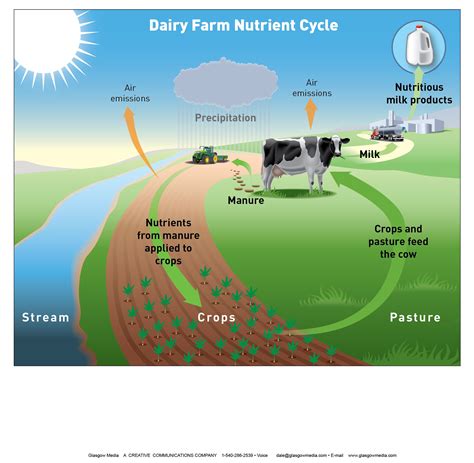Once upon a time, in the world of botanical wonders, there existed a humble yet remarkable plant known as duckweed. This unassuming aquatic plant caught the attention of two brilliant minds, CSHL Professor Rob Martienssen and Computational Analyst Evan Ernst, over 15 years ago. Little did they know that their exploration into the realms of duckweed would unveil groundbreaking revelations that could potentially reshape agriculture and energy industries.
In their quest to unravel the mysteries of this tiny green marvel, Martienssen and Ernst embarked on a scientific journey that led them to develop new genome sequences for not just one but five different species of duckweed. These genetic blueprints held the key to understanding what makes duckweed so unique in its capabilities and adaptability.
“The use of cutting-edge technology allowed us to make a catalog of genes that was extremely accurate.”
With precision akin to uncovering hidden treasures, Martienssen explains how advanced technology enabled them to identify specific genes responsible for various traits within these duckweed species. Through their meticulous analysis, they pinpointed genes associated with open stomata – tiny pores crucial for gas exchange in plants – as well as genes linked to the absence of roots in certain species.
Stomata play a pivotal role in enabling plants to breathe, absorbing carbon dioxide for photosynthesis while releasing oxygen into the atmosphere. The presence of open stomata enhances carbon uptake efficiency, positioning duckweed as an ideal candidate for technologies focused on capturing carbon emissions.
Moreover, by lacking traditional roots found in most plants, certain species of duckweed exhibit enhanced adaptability to diverse aquatic environments. This unique characteristic opens up possibilities for widespread cultivation in various water bodies without being constrained by soil requirements.
“Duckweed agriculture is in a nascent stage.”
As Martienssen and Ernst delve deeper into the potential applications of these newfound genomes, they envision a future where duckweed serves not only as a sustainable food source but also as a renewable energy reservoir. Different species boast distinct traits such as high protein content suitable for animal feed or starch accumulation ideal for biofuel production.
Industries across sectors have begun taking notice of this botanical gem sprouting forth from their own ponds and water features. Commercial growers are experimenting with cultivating different species on their premises, tailoring their practices to local conditions. Ernst emphasizes the importance of having multiple genome sequences across various species to leverage the full spectrum of benefits offered by duckweed.
Looking beyond its present applications, Martienssen and Ernst’s research hints at an intriguing evolutionary tale embedded within duckweed’s genetic makeup. Approximately 59 million years ago, during a period marked by extreme climatic conditions on Earth, duckweed diversified into distinct species adapting to varied environmental niches.
Could deciphering the secrets encoded within these ancient genes provide insights into our planet’s future resilience amidst changing climates? As scientists continue peeling back the layers shrouding this unassuming aquatic plant, one thing remains clear – duckweed stands poised at the intersection of past discoveries and future innovations awaiting exploration.

